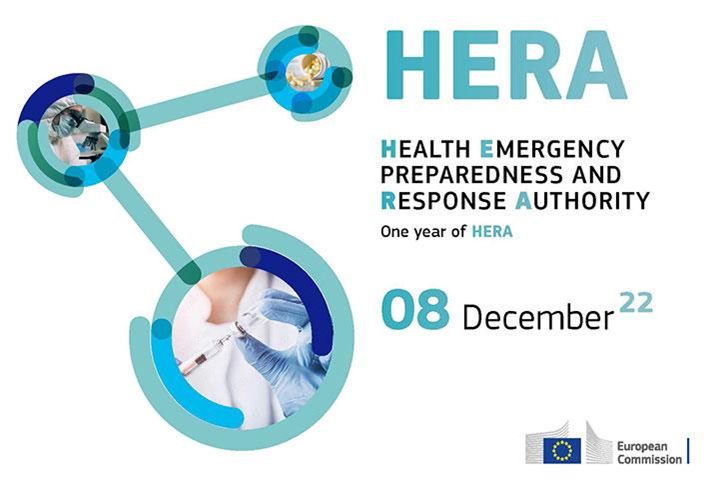Informing decision-making on the availability and accessibility of medical countermeasures: HERA’s threat prioritisation exercise

date: 12/12/2022
At the beginning of the Covid19 pandemic, the Union and Member States were not sufficiently prepared to ensure the efficient development, manufacturing, procurement and distribution of crisis-relevant medical countermeasures. Further, the pandemic revealed insufficient oversight of research activities and manufacturing capacities, as well as vulnerabilities related to supply chains like API and raw materials. Following the call for action, the situation then changed with the creation of the European Health Emergency Preparedness and Response Authority – HERA – in September 2021, and it recently celebrated its one-year anniversary. Its work has clearly been strengthening EU preparedness and response capabilities in the field of medical countermeasures.
To ensure a long term and systematic approach to preparedness, the Commission conducted its threat prioritization exercise. Itresultedin the definitionof three threat categories targeting serious cross-border health threats, those being (1) pathogens with high pandemic potential, notably viral families ofconcern, taking herein also into account the zoonotic nature of most high consequence emerging infectious diseases. This category includes mainly respiratory RNA viral families; (2) chemical, biological, radiological and nuclear threats, originating from accidental or deliberate release; and (3) threats resulting from antimicrobial resistance, which pose one of the greatest risks to human health, with antibacterial resistance alone causing an annual estimate of over 1.27 million deaths globally.
The prioritised threats were identified in an “all hazards approach” and considering several criteria, such as the mode of transmission, the risk of spreading to the community, and the availability of treatment options.
These categories were identified in close collaboration with Member States, global partners and other relevant stakeholders. Throughout the first half of 2022, HERA consulted Member States, Union and national agencies, Chief Medical Officers, international actors and experts on the prioritszation exercise, which then resulted in the adoption of the identified threats by the HERA Board by July 2022.
Background
HERA is a key pillar of the European Health Union and a fundamental asset to strengthen the EU's health emergency response and preparedness. HERA was established to circumvent having ad hoc approaches to mitigating outbreak, solidifying pandemic management and response with a permanent structure with adequate tools and resources to plan ahead the EU’s action in case of health emergencies.
Links: https://health.ec.europa.eu/health-emergency-preparedness-and-response-hera_en
